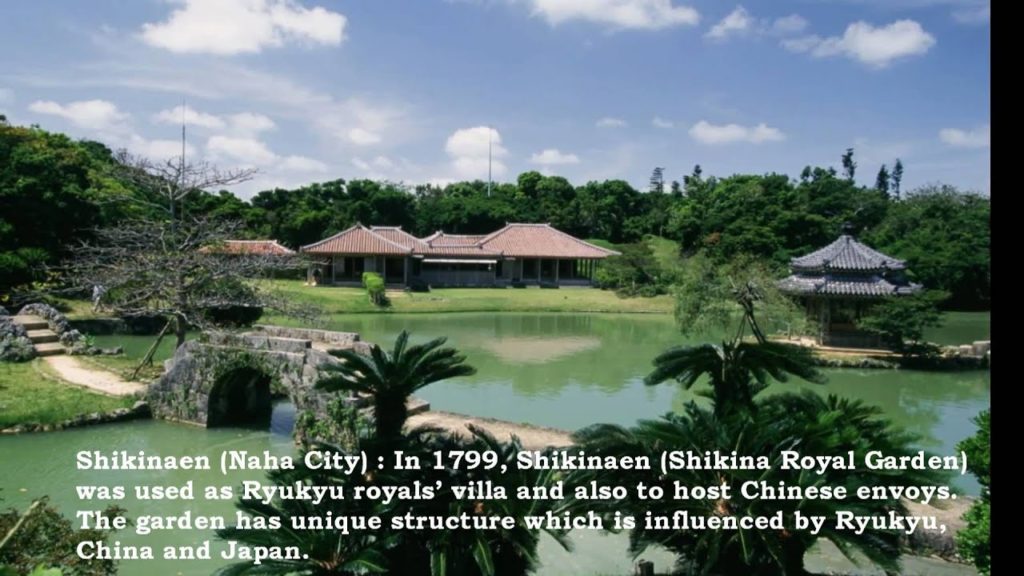© Copyright 2012 OkinawaConvention & Visitors Bureau, All Rights Reserved.
Please join Our Facebook page!
3 minutes trip: World Heritages in Okinawa
Celebrating 10th Anniversary of World Heritage Listing
Okinawa, Japan
In December 2010, “Gusuku Sites and Related Properties of the Kingdom of Ryukyu” celebrates 10th anniversary of world heritage listing.
Ryukyu Islands played an important role as a center of trading and exchanging among Asia. The sights classified as world heritages represent brilliant footages of Ryukyu Kingdom.
玉陵
Tamaudun (Naha City)
Tamaudun is a royal mausoleum nearby Shuri-Jo Castle. It is said that the mausoleum was built by King Sho Shin, the 3rd king of the 2nd Sho dynasty.
園比屋武御嶽石門
Sonohyan-Utaki Ishimon (Naha City)
“Utaki” means “sacred place.” Sonohyan-Utaki Ishimon was considered as very important religious place in Ryukyu Kingdom. The gate was built in 1519 during the era of King Sho Shin, the 3rd King of the 2nd Sho dynasty.
今帰仁城跡
Nakijin-Jo Castle Site (Nakijin Village)
In 14th century, Ryukyu Islands were divided by three kingdoms: Nanzan, Chuzan and Hokuzan. Nakijin-Jo Castle was the fortress of Hokuzan and played important role during years.
座喜味城跡
Zakimi-Jo Castle Site (Yomitan Village)
Between 1416 and 1422, Zakimi-Jo Castle was built by Gosamaru, a famous Ryukyuan militarist. The stone arch of the castle is considered as one of the first arched gate in the islands.
勝連城跡
Katsuren-Jo Castle Site (Uruma City) : Built between 13th century and 14th century, Katsuren-Jo Castle is considered as one of the oldest castles in world heritage listing castles in Okinawa.
中城城跡
Nakagusuku-Jo Castle Site (Kitanakagusuku Village)
Nakagusuku-Jo Castle was originally built in mid 14th century. Later on, in 15th century, it was extended by Gosamaru, a well-known militarist. From the ruin, there are nice views of Nakagusuku area.
首里城跡
Shuri-Jo Castle Site (Naha City)
It’s said that Shuri-Jo Castle was originally built in about 14th century and it was a castle of Chuzan, one of three dynasties which existed before Ryukyu Kingdom. When King Sho Hashi unified Okinawa, the castle became a king’s residence.
識名園
Shikinaen (Naha City)
In 1799, Shikinaen (Shikina Royal Garden) was used as Ryukyu royals’ villa and also to host Chinese envoys. The garden has unique structure which is influenced by Ryukyu, China and Japan.
斎場御嶽
Sefa-Utaki (Nanjo City)
The word “Sefa” means “the highest ranked,” while “Utaki” means “sacred place.” This is the one of the most important places in Ryukyuan religion.
Photos by Okinawa Convention & Visitors Bureau
Please join Visit Okinawa Japan:


AloJapan.com